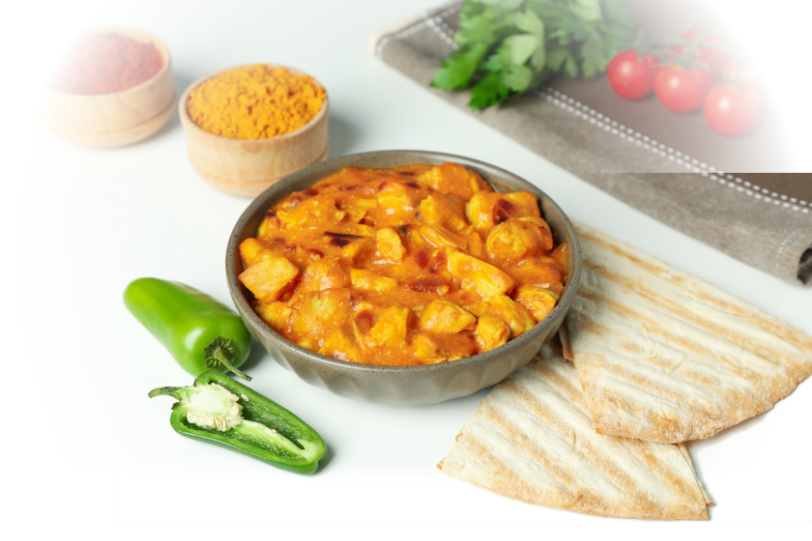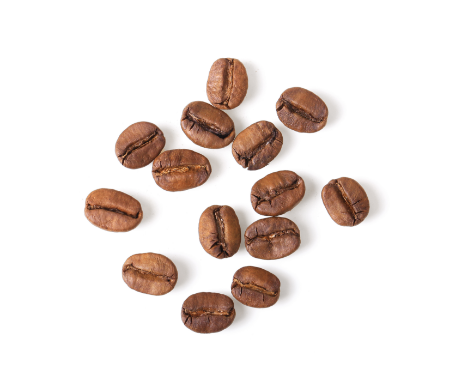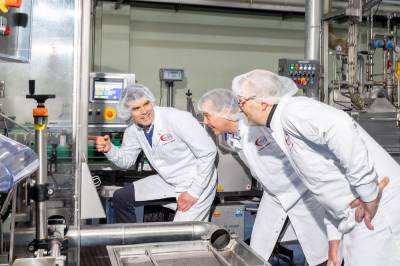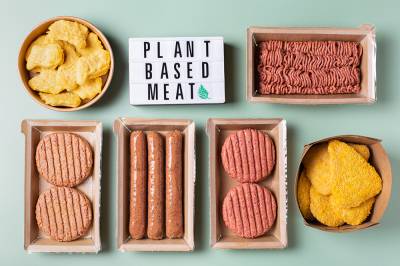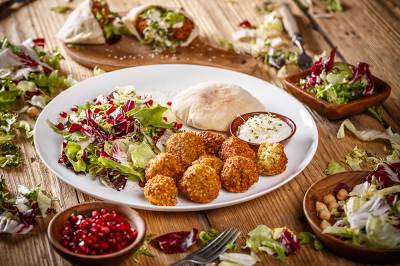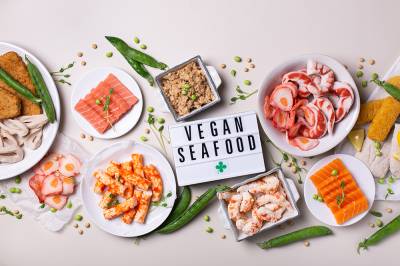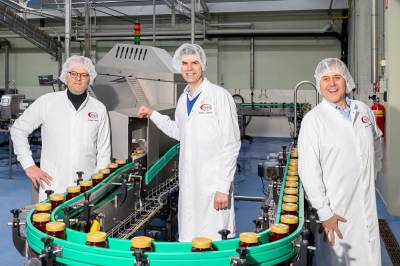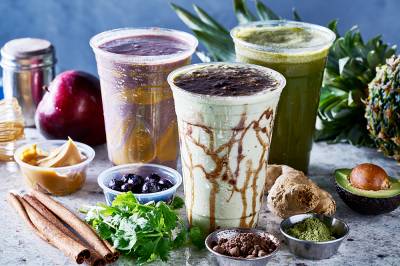Cheapest to Most Trusted: Winning Strategies for Co-Manufacturers and Ingredient Innovators in 2026
For years, “best price per kilo” was the best way for co-manufacturers (CMs) and ingredient innovators to win new business. That time is coming to an end. While retailers and brands still care about cost, they now place more importance on reliability, speed to scale, and safe launches amid shorter cycles, stricter claims, and more compliance pressures.
By 2026, the winners won’t be the cheapest; they’ll be the most trusted.
This article looks at what “Proof of Trust” means in practice, how ingredient developers can shift from suppliers to co-creators, and how our FoodFlow Method provides a clear way to show your reliability to the right buyers.
The shift: why reliability beats €/kg
Across Europe, category and PL teams face new expectations:
- Launch products faster (measured in months, not years)
- Manage multiple parallel projects (using small batches, frequent changeovers)
- Adapt to stricter regulations (claims, packaging, traceability)
- Safeguard brand reputation (as recalls are more expensive than they seem)
As these teams evaluate partners, price becomes only one part of a broader decision matrix. Their key questions include:
- Can you reliably meet specifications?
- How quickly do you respond to engineering changes and claims?
- What’s your proven performance with similar SKUs?
- Is your documentation and digital traceability sufficient for our QA standards?
- How quickly can you scale up if needed?
If your commercial proposition is just “we’re eager and low-cost,” you’ll lose out to competitors who show reliability with data, solid processes, and strong governance.
What “Proof of Trust” looks like for co-manufacturers
Proof of Trust is not just a brochure claim. It is a collection of evidence that lowers a buyer’s risk and speeds up their decision-making. Co-manufacturers should make the following visible:
- Process & line fit (by product type)
- What formats, viscosities, inclusions, allergens, temperatures and pack types do you run well today?
- Show examples with yields, CCPs, and hold/accept criteria that match the buyer’s category.
- QA maturity & traceability
- Certification stack (BRC/IFS etc.) is the baseline.
- Elevate with digital batch records, complaint stats, investigation speed, and supplier approval discipline.
- First-run data & learning loop
- Capture outcomes from pilots and first industrial runs: right-first-time %, rework, waste, OEE proxies.
- Show how learnings improved the second and third runs.
- Changeover logic & agility
- How do you handle high-mix, low-volume portfolios without chaos?
- Demonstrate SMED-style thinking, sanitation protocols, and scheduling rules.
- Service levels & escalation
- Present your governance rhythm (weekly ops calls, KPI dashboard, CAPA flow).
- Clarify who decides what under time pressure (and how fast).
- Capacity & scale path
- A credible plan to double output when the SKU lands — including staffing, tooling, and secondary lines.
When buyers see this package clearly, the discussion shifts from “what’s your €/kg” to “how do we start trials.”
Ingredient innovators: from supplier to co-creator
The main challenge with new or plant-based ingredients isn’t the specification sheet; it’s showing how they work in real-world applications. You must demonstrate that your ingredients perform consistently on a commercial scale. They should deliver the desired yield and quality under production limitations.
To shift from being a supplier to a co-creator:
- Start with a real use case. Focus on proven applications, such as a low sugar spread that meets specific viscosity, water activity, and heat requirements.
- Choose the right contract manufacturer. Look for partners whose technology and quality systems match your process, not just those with available capacity.
- Design trials together. Agree on clear success criteria, sampling plans, and decision points before production begins.
- Provide documentation. Gather batch records, deviation logs, yield curves, and shelf-life data for the quality assurance teams of your buyers.
- Use proof as a sales tool. A clear “Operational Proof Pack” is much more convincing than a generic brochure.
Following this process, you’re not just pitching an ingredient; you’re offering ready-to-scale solutions with less risk.
FoodFlow: structure that buyers (and auditors) can trust
Cibus Nexum acts as an independent partner for food outsourcing. We do not produce or own factories. Our role is to bring structure to scaling, so brands, contract manufacturers, and ingredient teams can move faster and safer.
We call this the FoodFlow Method: four steps that align commercial intent with operational reality:
- Design
Translate the commercial brief into operational requirements: product/pack specs, certifications, CCPs, capacity, changeover logic, economics and risk profile. Align stakeholders on what “good” looks like. - Find
Run an independent European market scan. Shortlist best-fit partners (not just available ones). Structure due diligence: site visits, history on similar products, QA maturity, people and governance. - Onboard
Set the validation path: trial design, documentation set, QA gates, claims substantiation, and data exchange. Define roles and escalation. Get contracts that protect IP, margin, and flexibility. - Launch
Accompany first industrial runs with a shared KPI dashboard (right-first-time, yield, complaints, non-conformances). Agree contingencies upfront. Capture learning for next SKUs and backup sourcing.
This structure is compelling to buyers because it lowers uncertainty. It’s compelling to CMs and ingredient teams because it shortens sales cycles and raises win rates with the right customers.
Explore the method here: FoodFlow Method.
Quick wins you can action
- Publish a capability matrix (1 page): formats, lines, MOQ ranges, allergens, changeover constraints, certifications, typical yields.
- Create a “first-run plan” template you can tailor for each client: KPIs, hold/accept rules, sampling, escalation, contingency.
- Instrument the run. If you can’t extract line data, set a manual data protocol, but capture it. Buyers forgive less-than-perfect data; they won’t forgive no data.
- Package evidence. Turn pilot and first-run outputs into a clean “Operational Proof Pack” (PDF): 5–7 charts/tables that answer QA’s first questions.
- Train for co-creation. Teach your commercial team to sell reliability and validation, not just price and capacity.
Common pitfalls to avoid
- Overpromising line fit. A small mismatch at the pilot stage becomes a big problem at scale.
- Skipping the run-at-rate plan. “Let’s see how it goes” is not a strategy. Agree on the plan, KPIs and thresholds first.
- Treating QA as a hurdle. QA is your sales ally. Give them evidence; they will champion you internally.
- Chasing every brief. Focus on where you can be the most trusted, not just the lowest-cost bidder.
Planning 2026? Meet us at Fi Europe
If you’re thinking about changes to your outsourcing setup in 2026, like adding more plant-based SKUs, trying new formats, finding backup sources, or switching from samples to real applications, now is a good time to share ideas.
- Fi Europe 2025 – Paris Expo Porte de Versailles
- Hall 7.3 – Stand J23 (Netherlands Pavilion)
- 2–4 December 2025
Event page: https://cibusnexum.com/fi-europe-2025
Or, if you prefer, reach us via the contact form and we’ll point you to the right expert on our team: https://cibusnexum.com/contact


